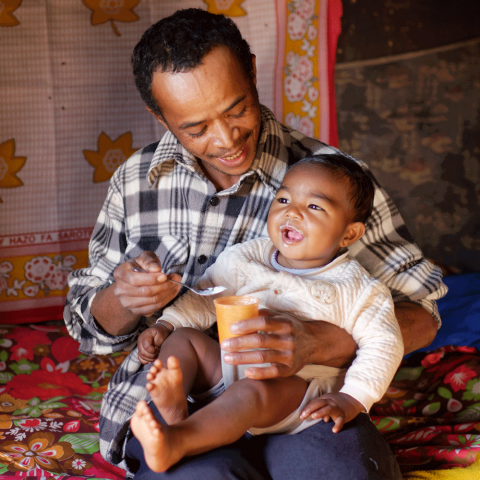Announcement
Sep 18 2022
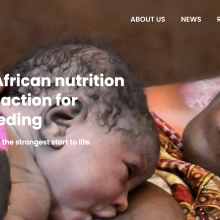
Stronger With Breastmilk Only website
Breastmilkonly.com, the online home of the Stronger With Breastmilk Only regional initiative, has been redesigned, in collaboration with UNICEF and WHO.
Presentation, Video
Aug 26 2022
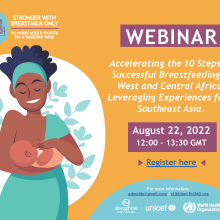
Accelerating the 10 Steps to Successful Breastfeeding in West and Central Africa: Leveraging Experiences from Southeast Asia
In August 2022, UNICEF, WHO, Irish Aid and Alive & Thrive's offices in West Africa and Southeast Asia collabor
Announcement
Aug 01 2022
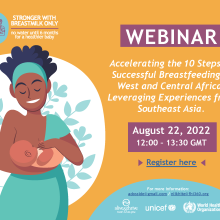
WEBINAR: Accelerating the 10 Steps to Successful Breastfeeding in West and Central Africa. Leveraging Experiences from Southeast Asia
The Stronger with Breastmilk Only regional initiative, a collaboration of UNICEF, WHO and Alive & Thrive, is pleased to invite stakeholders to a 90-minute webinar on August 22 at 12:00 GMT to discuss how to accelera
Report
Feb 18 2022
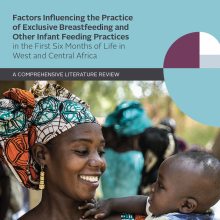
Factors Influencing the Practice of Exclusive Breastfeeding and Other Infant Feeding Practices in the First Six Months of Life in West and Central Africa
This comprehensive review of the literature written by Alive & Thrive and UNICEF provides nutrition stakeholders findings from research on the social and behavioral determinants of exclusive breastfeeding and other infant feeding practices during the first six months of life in West and Centr
Guide/Manual
Feb 09 2022
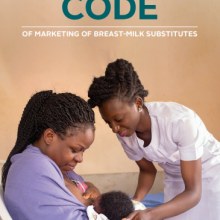
A Quick Guide: The International Code of Marketing for Breast-milk Substitutes
Updated February 2022!
This quick guide summarizes the International Code of Marketing of Breast-milk Substitutes (The Code) and relevant resolutions of the World Health Assembly that help protect breastfeeding around the globe.
Journal article
Feb 25 2020
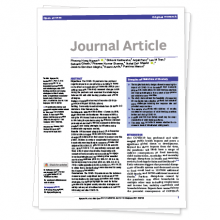
Different combinations of behavior change interventions and frequencies of interpersonal contacts are associated with infant and young child feeding practices in Bangladesh, Ethiopia, and Viet Nam (Kim, S., 2019. Current Developments in Nutrition)
This article demonstrates that exposure to interventions matters for impact, but the combination of behavior change interventions and number of interpersonal counseling contacts required to support behavior change in infant and young child feeding are context-specific.

